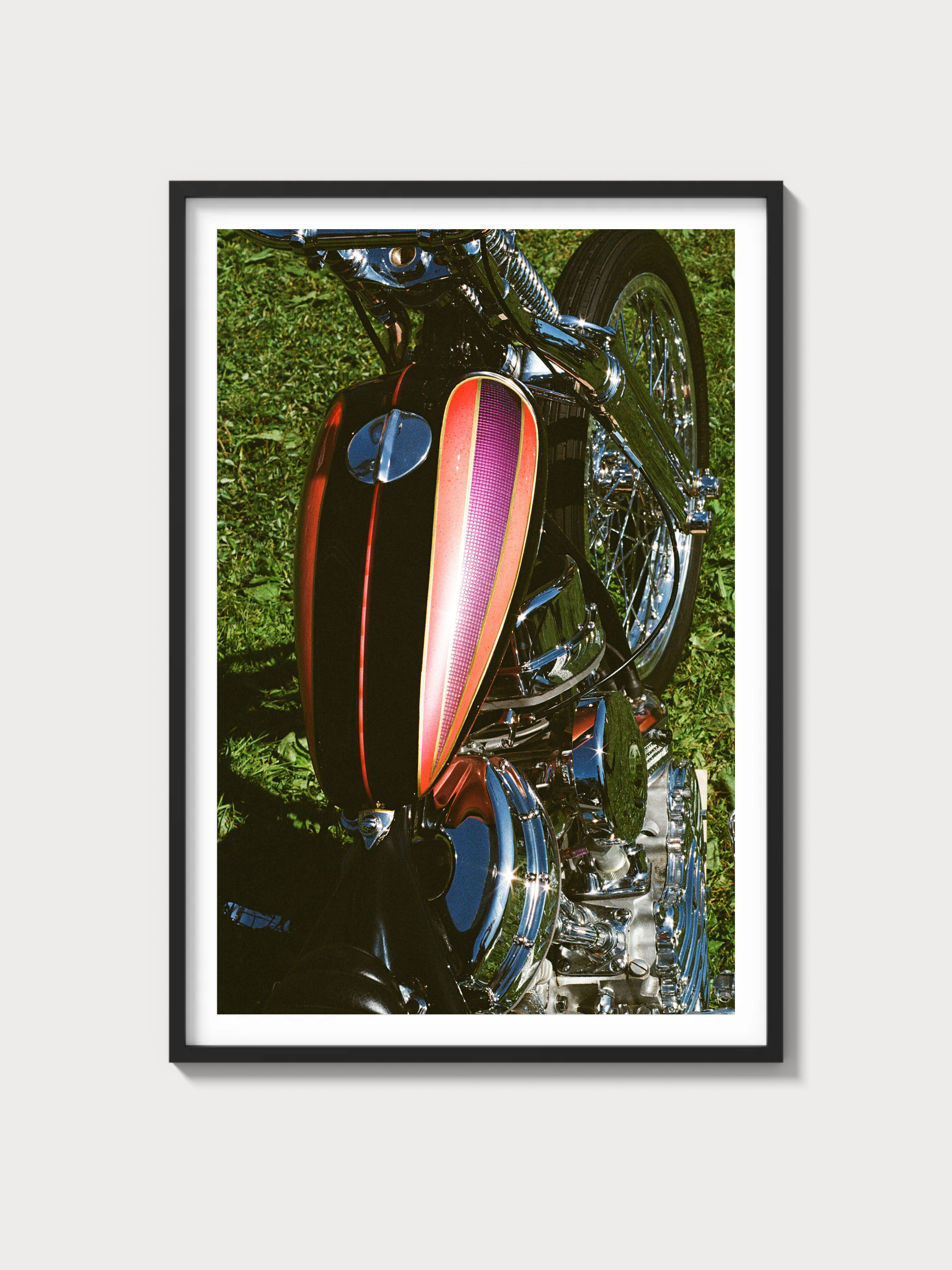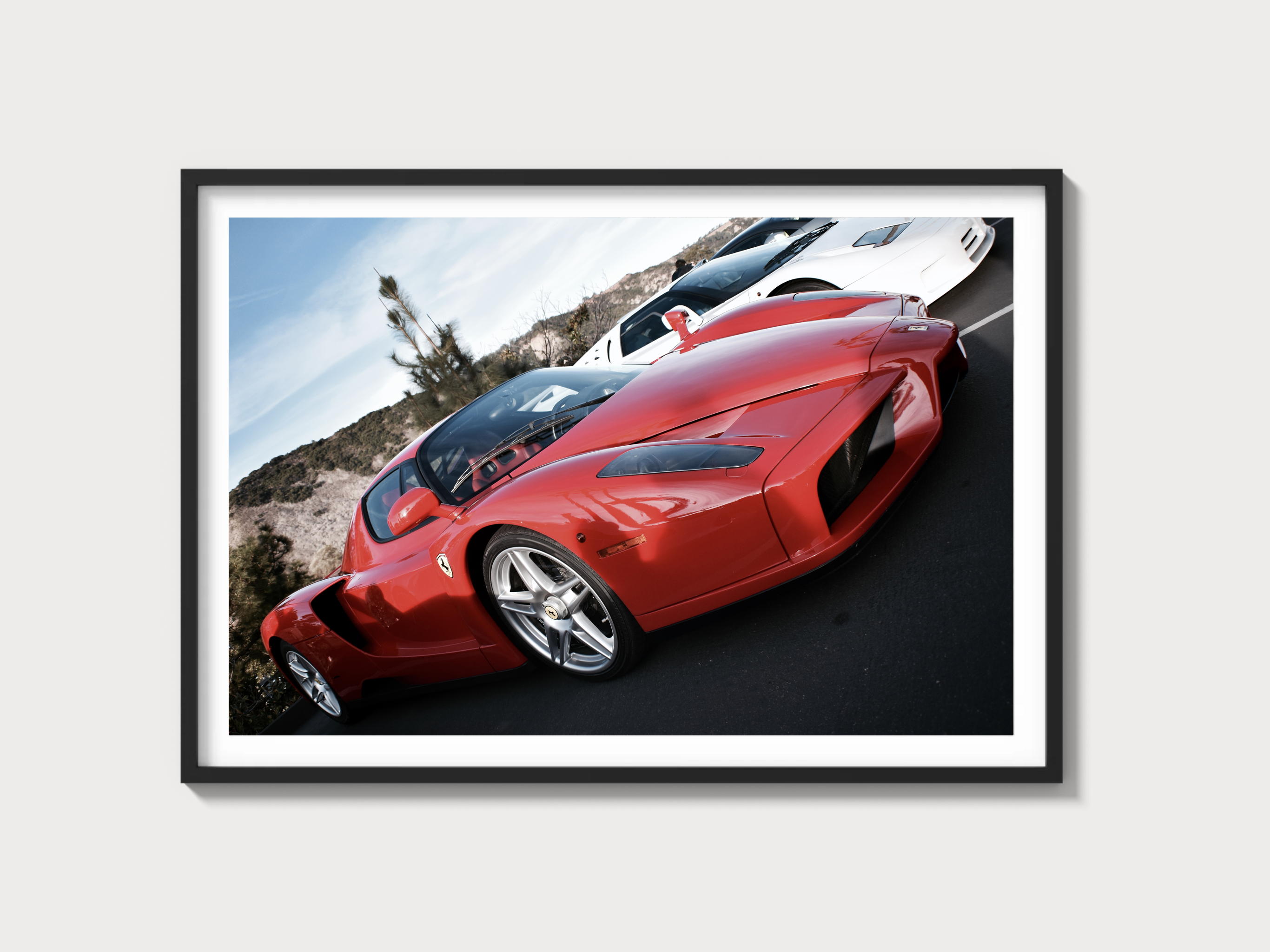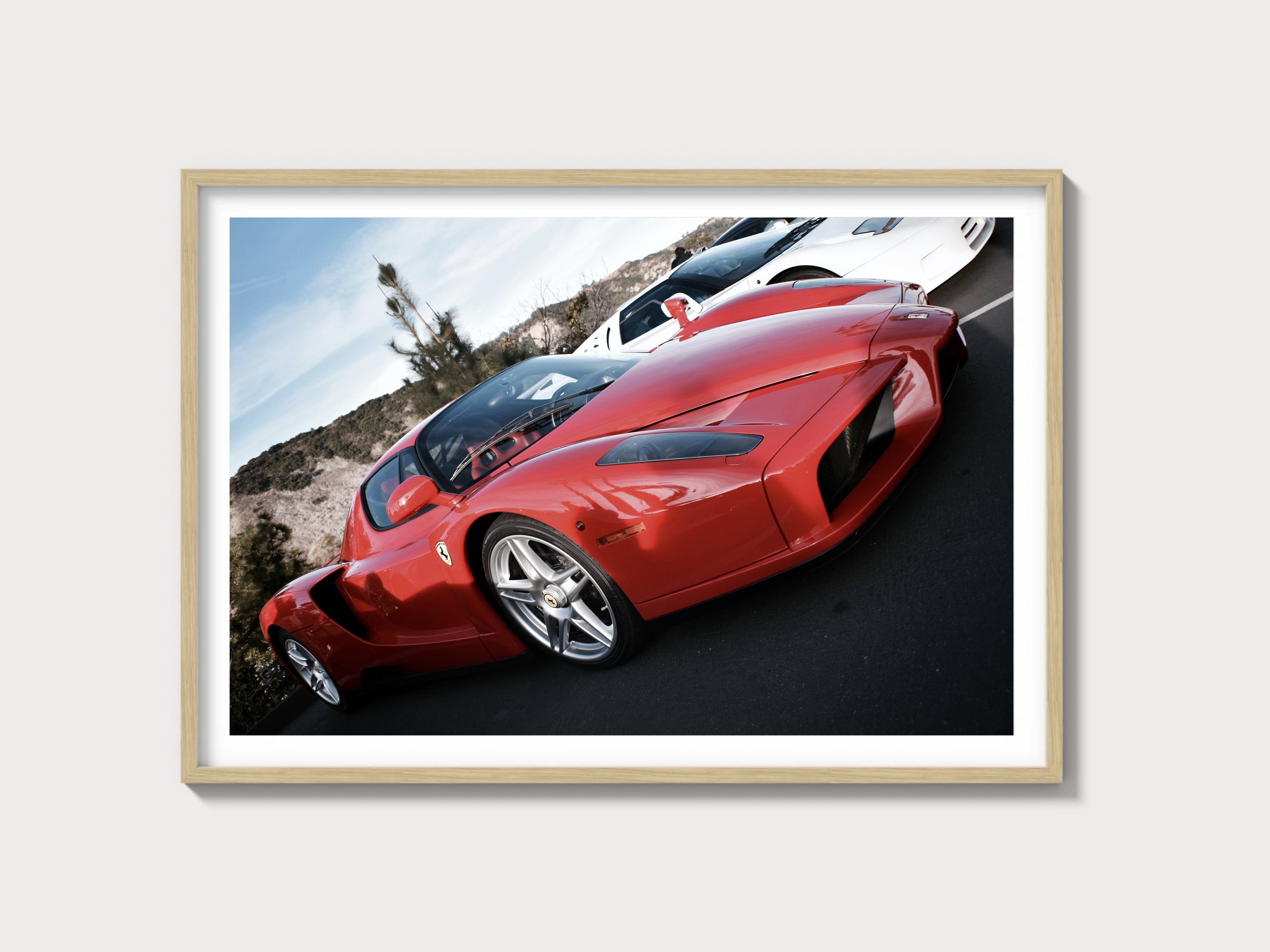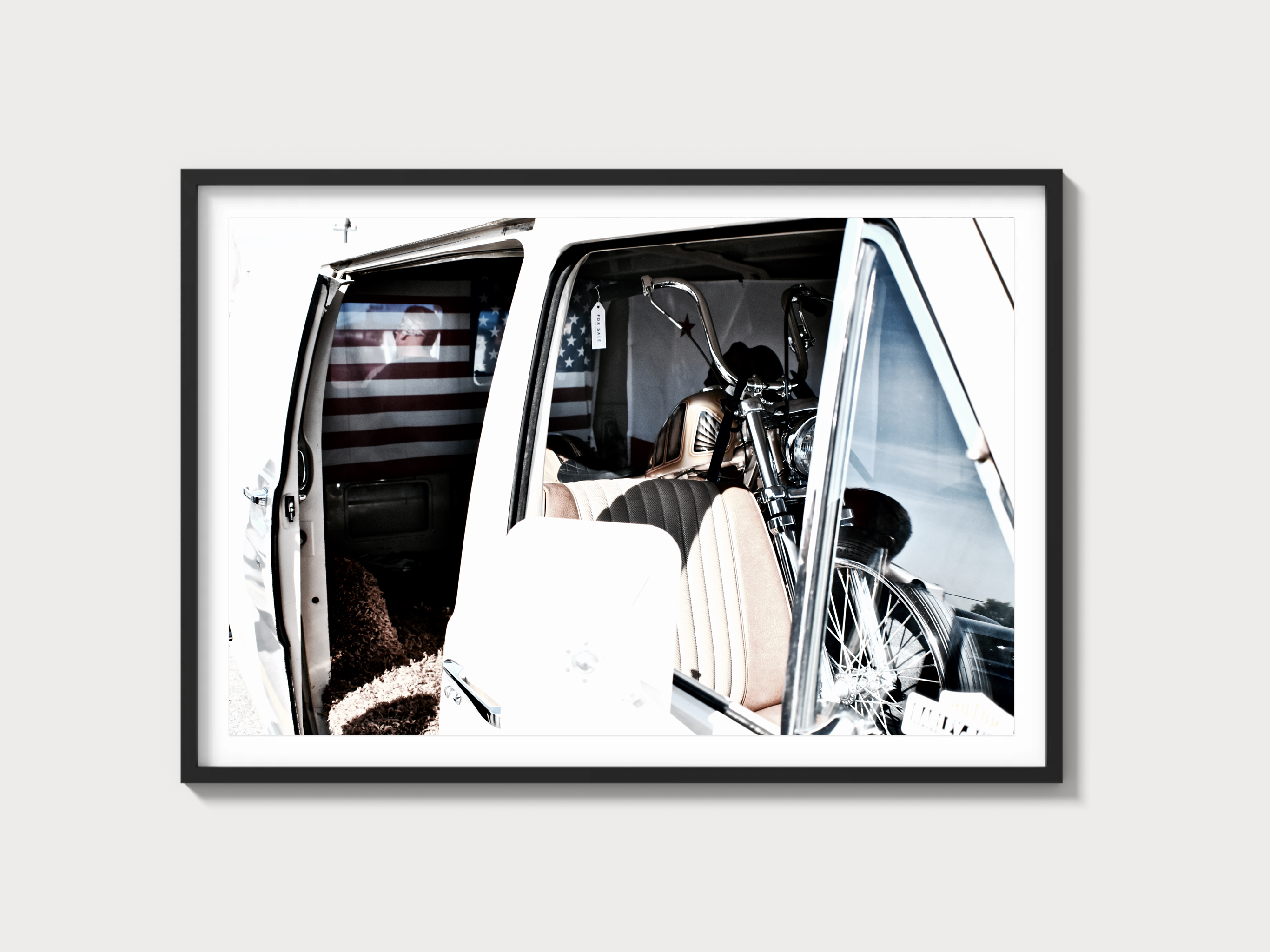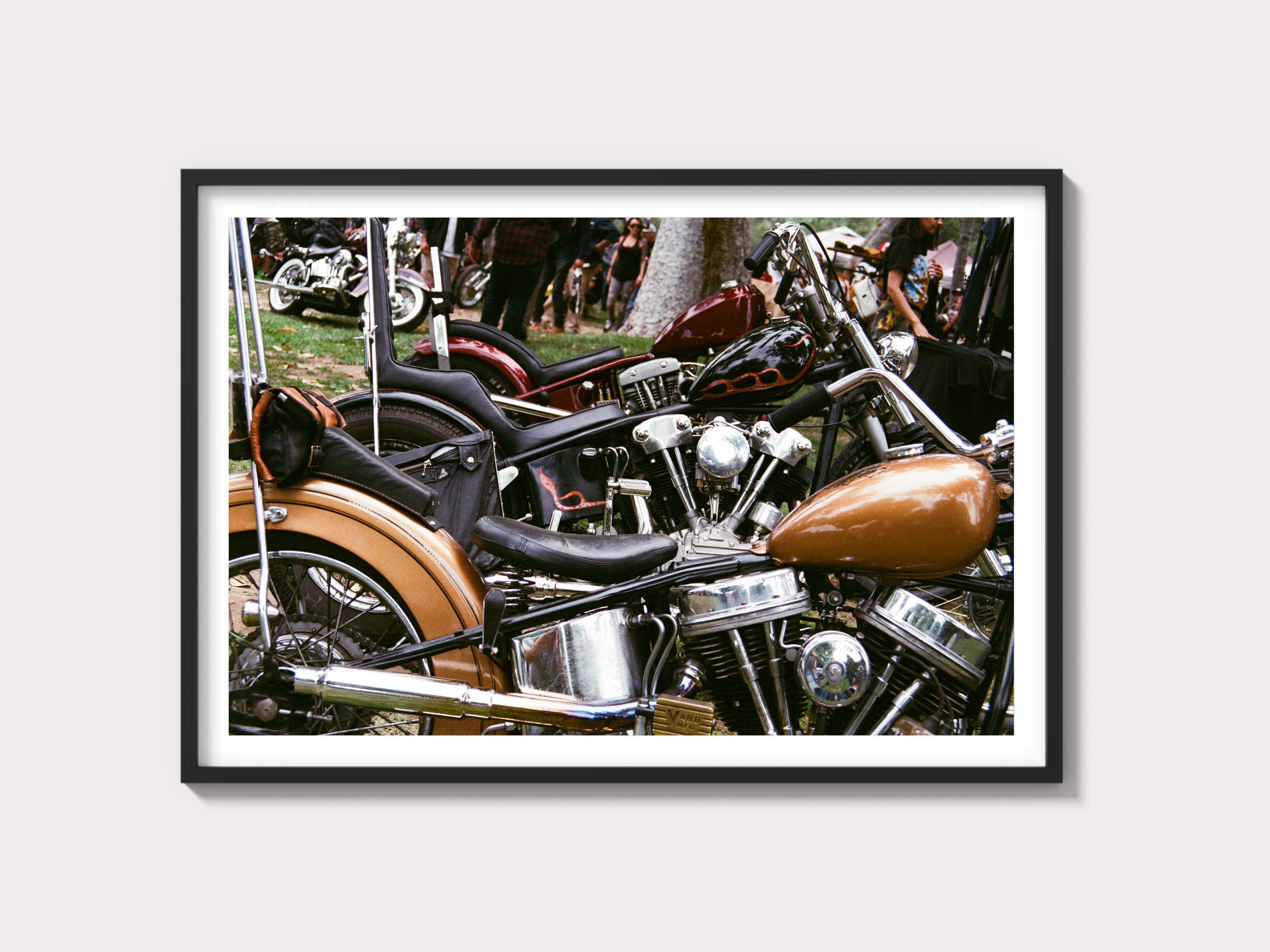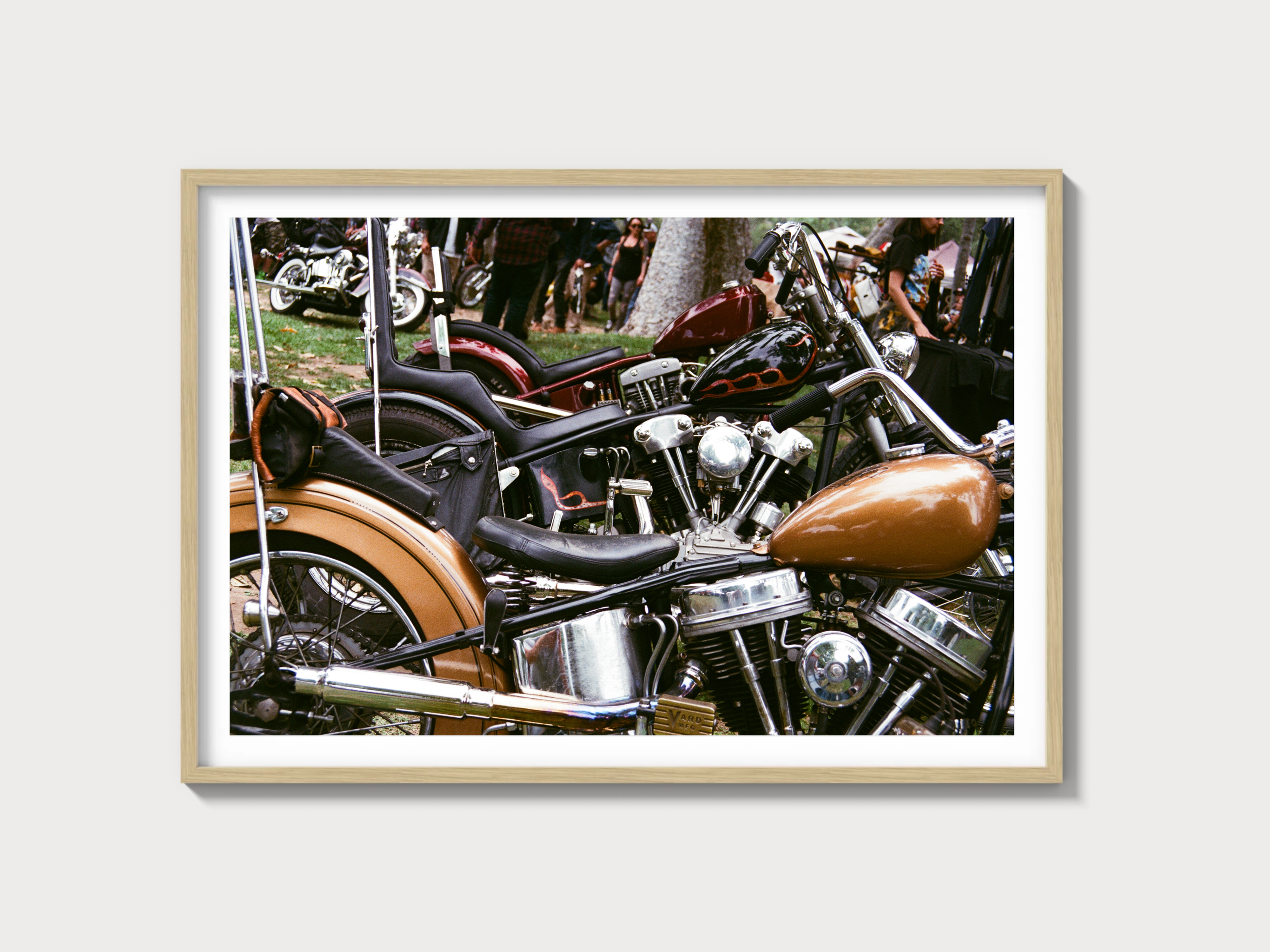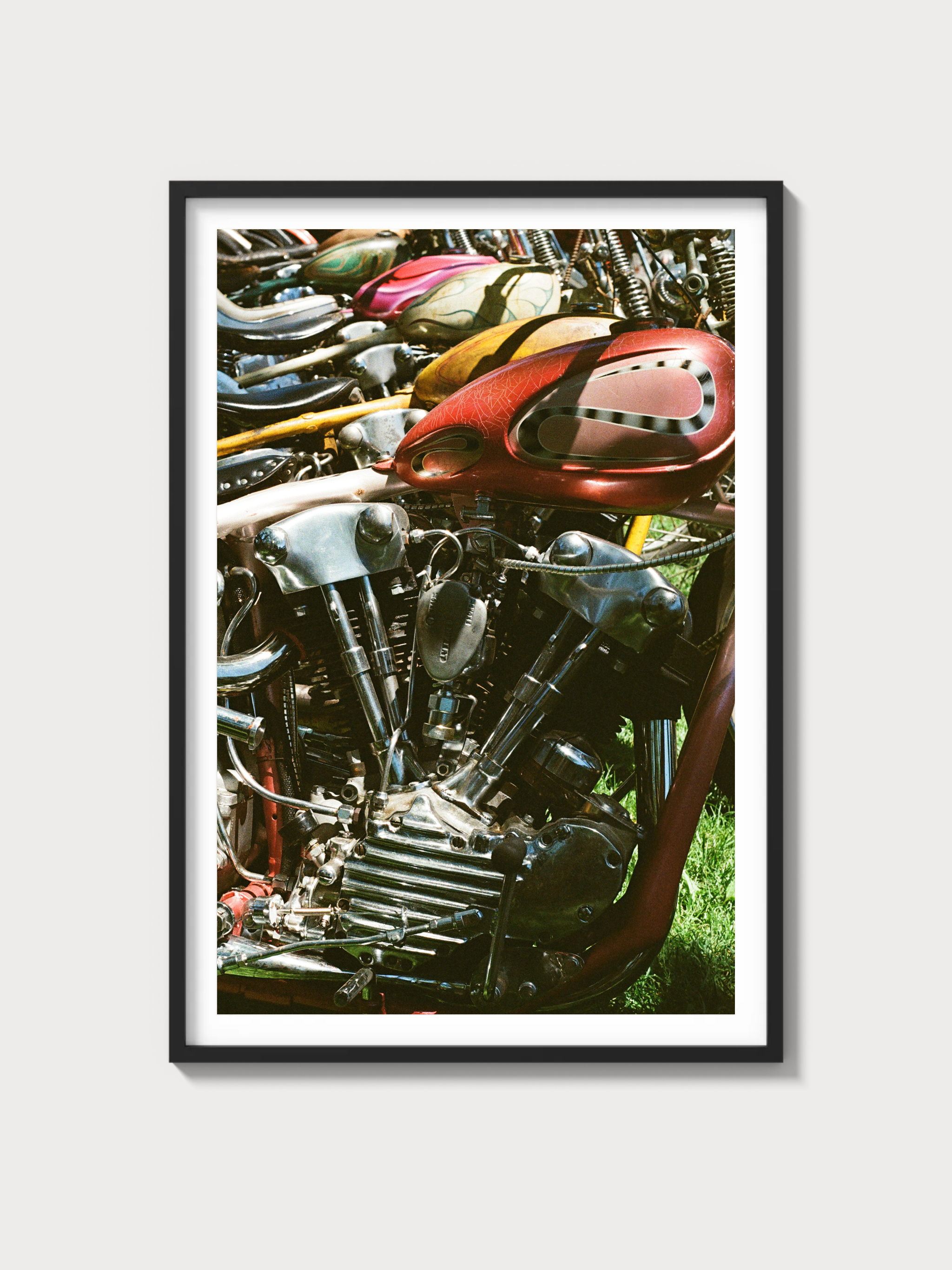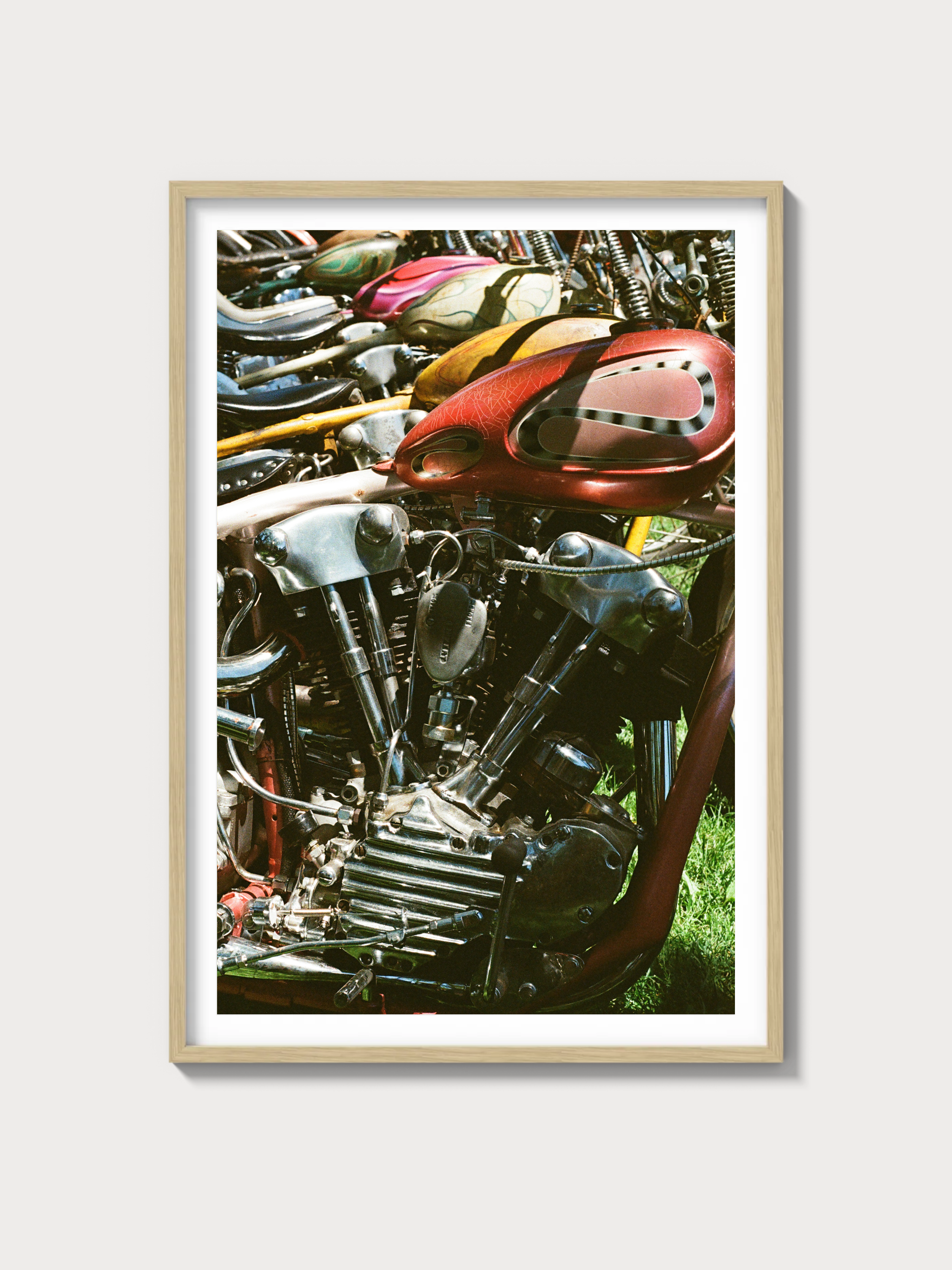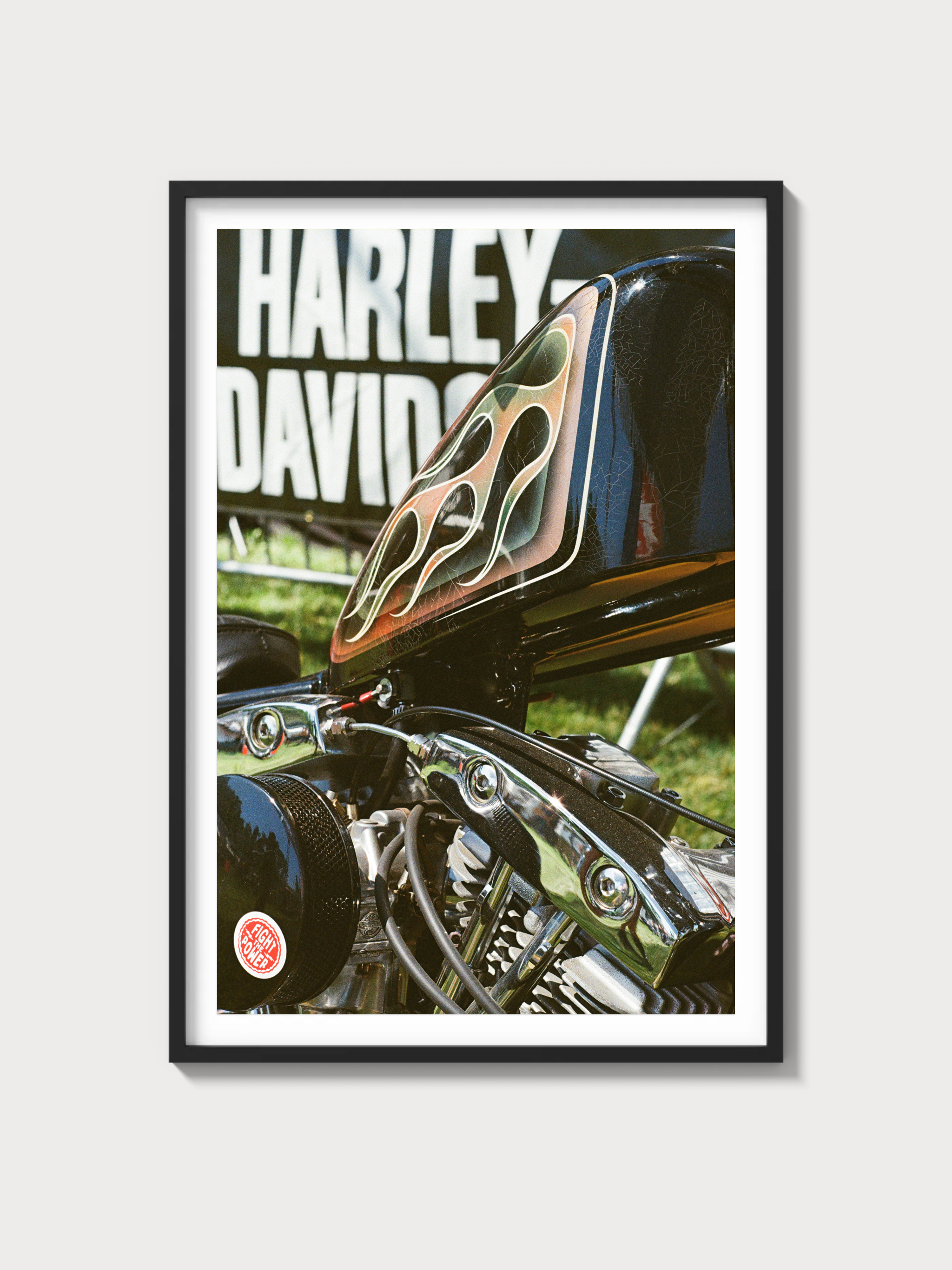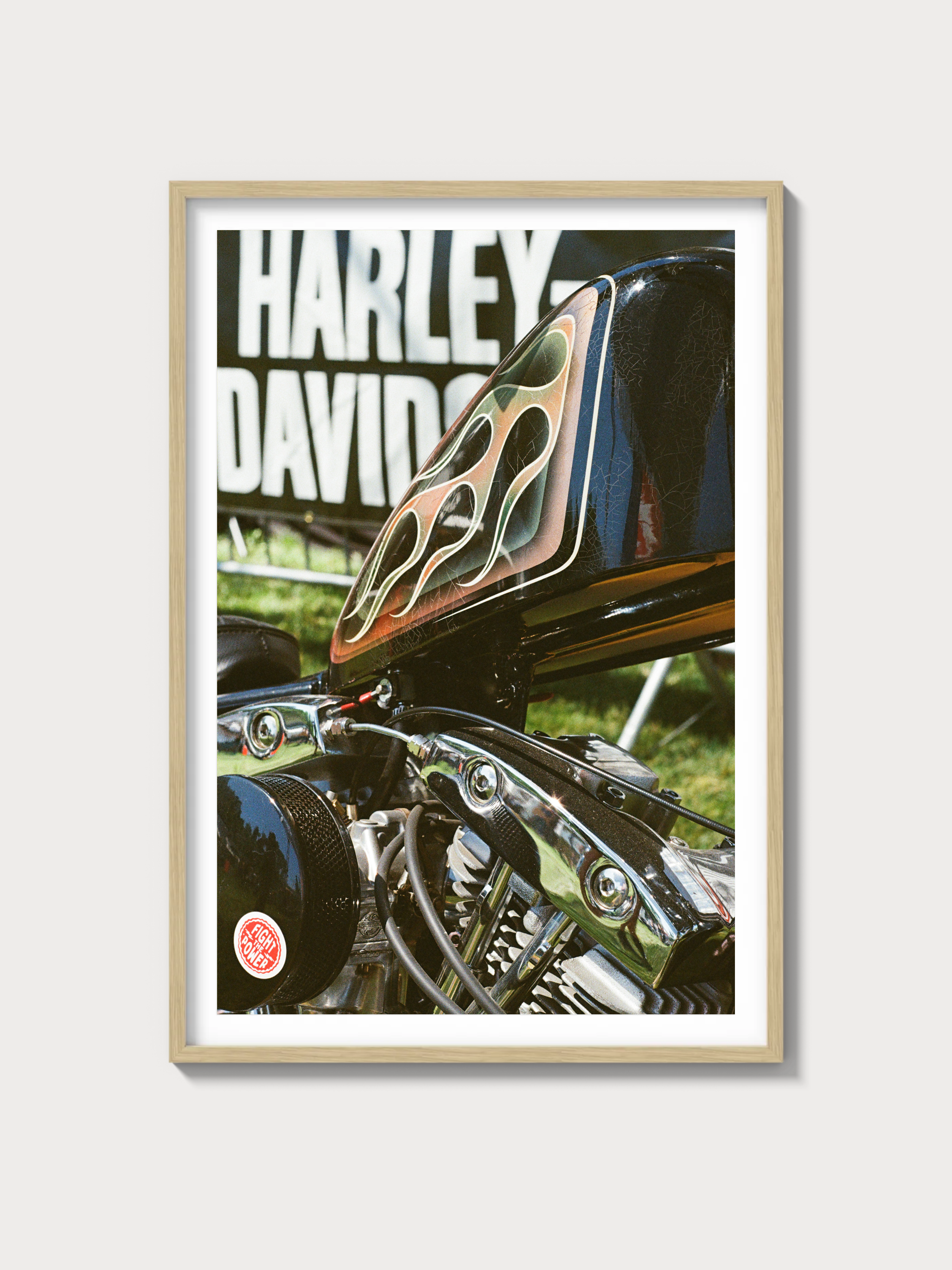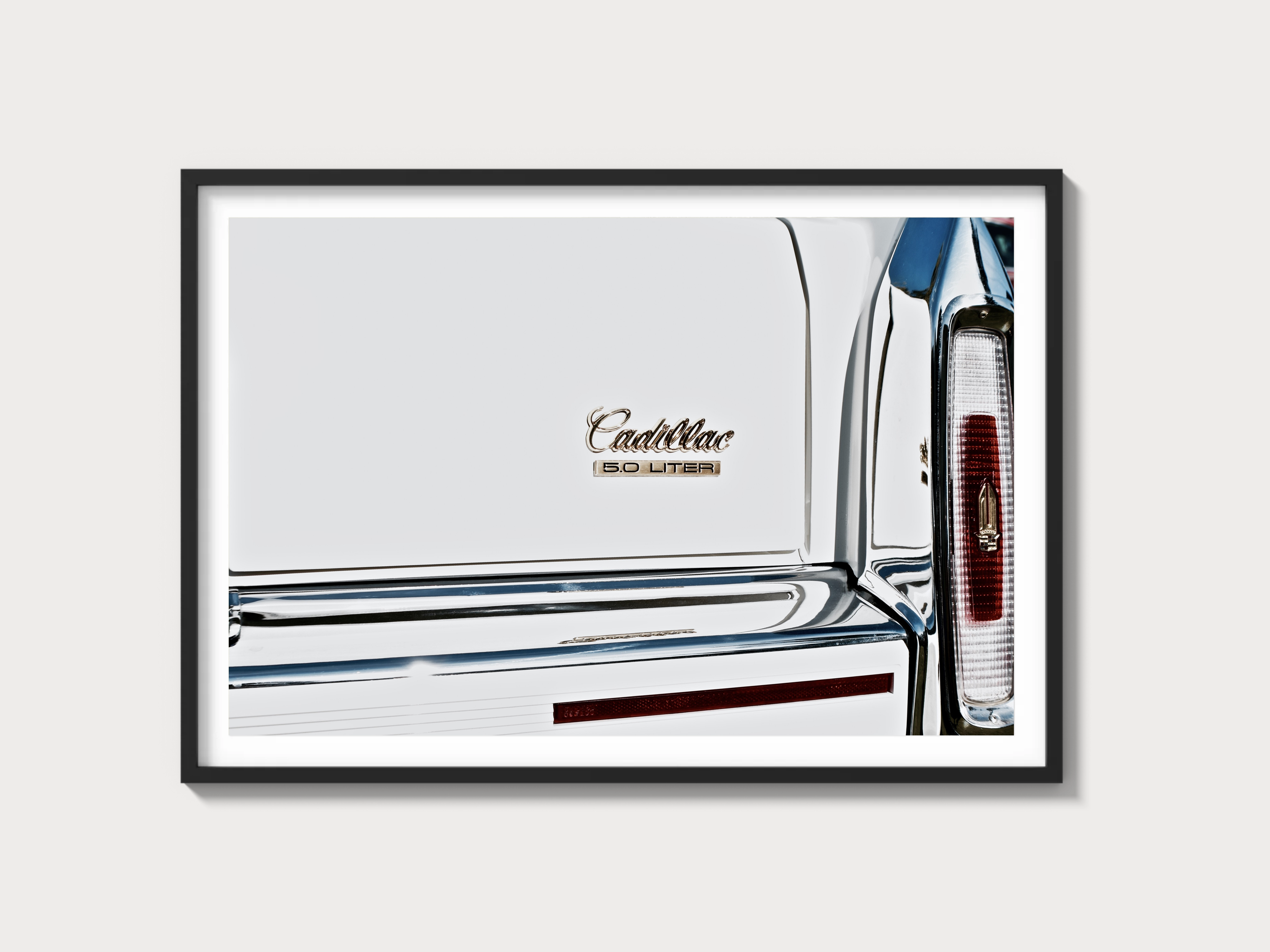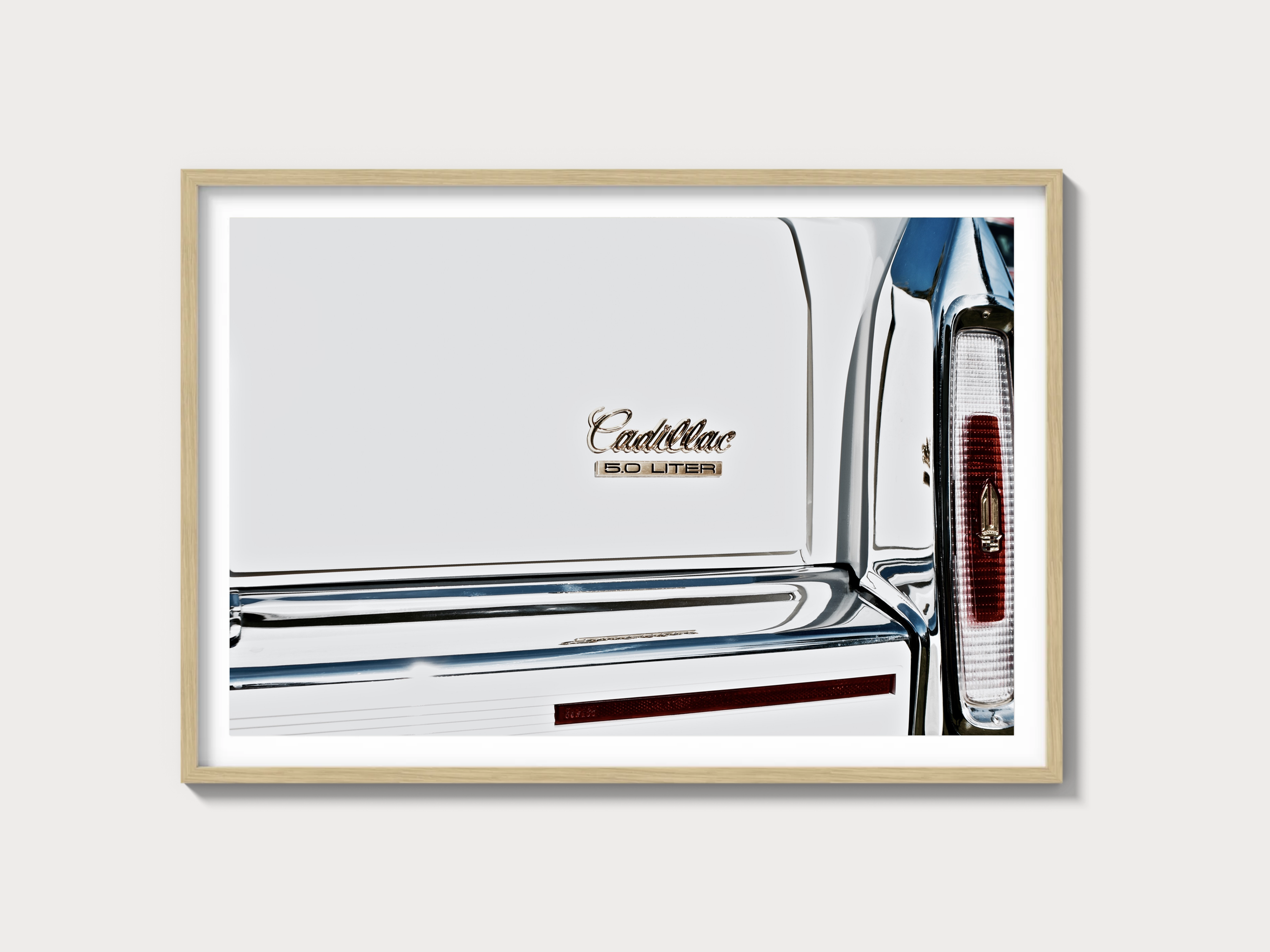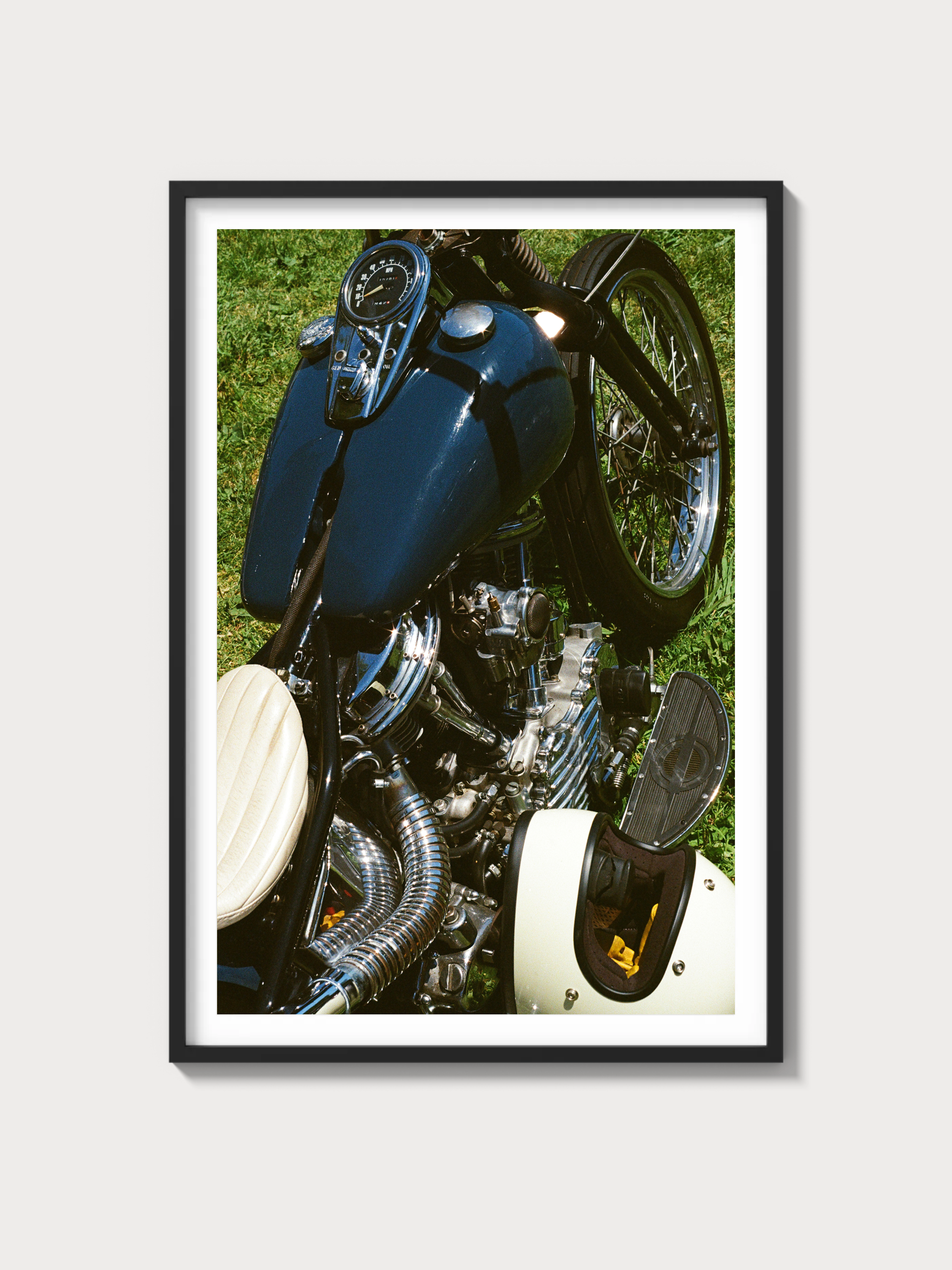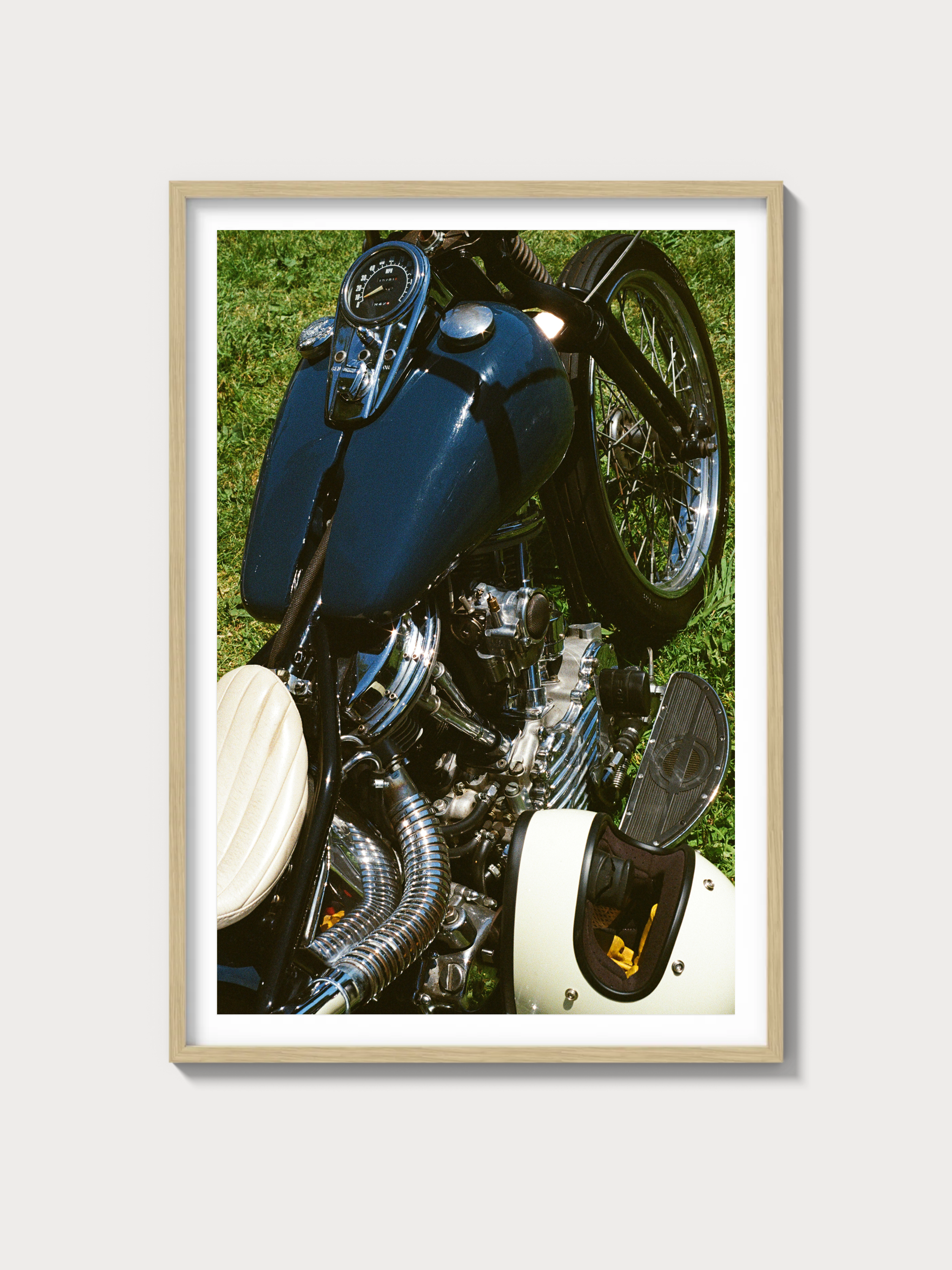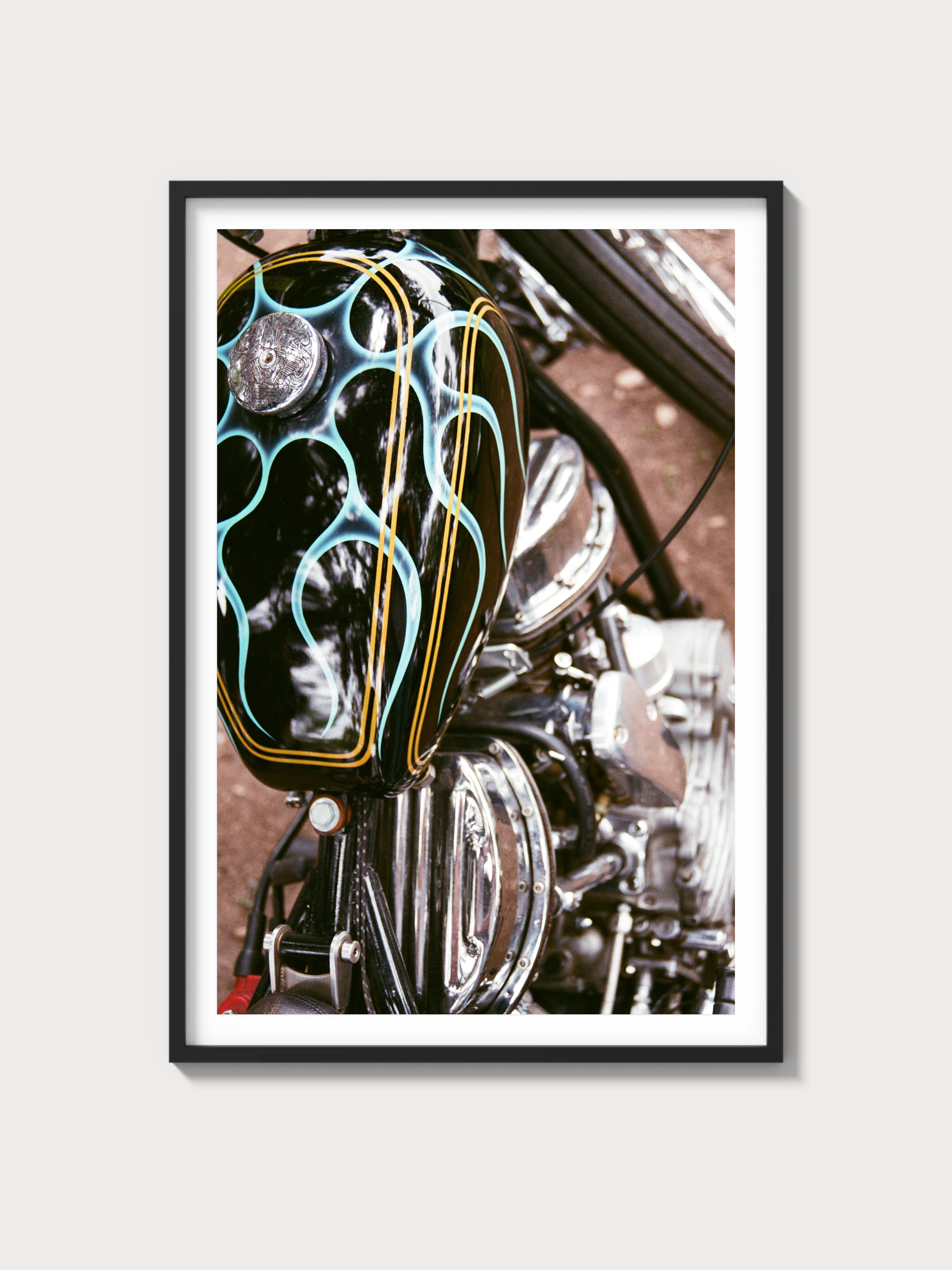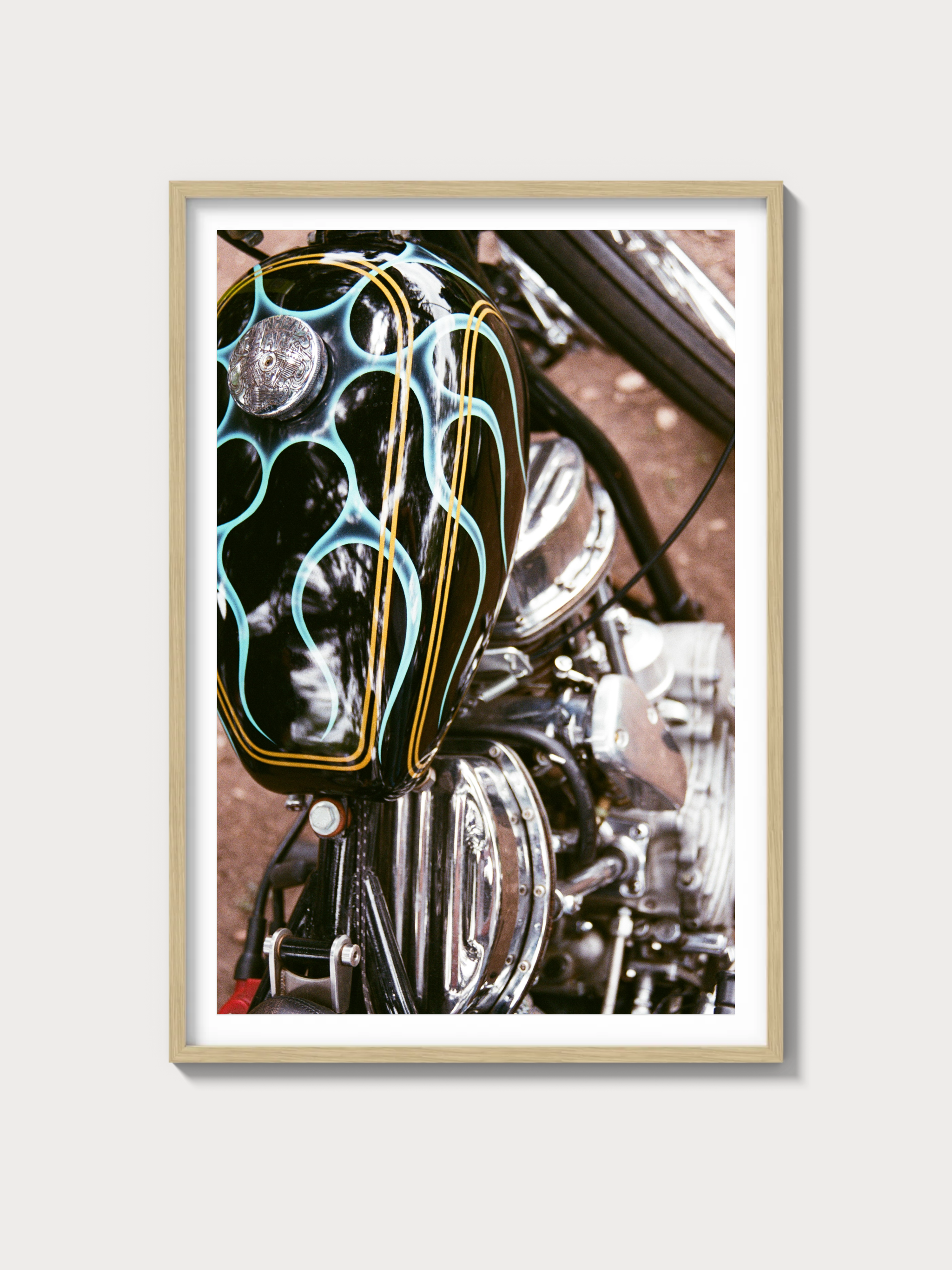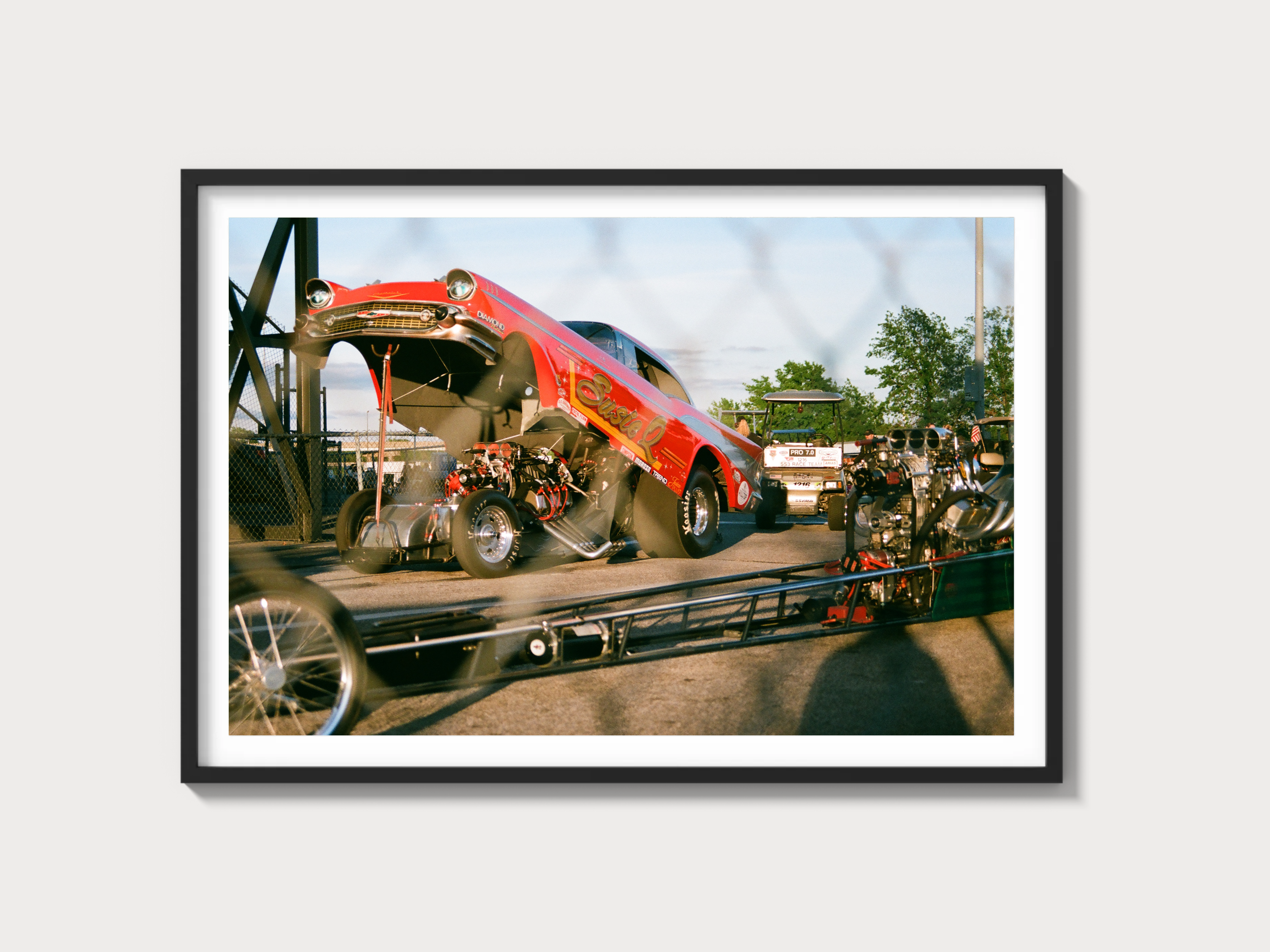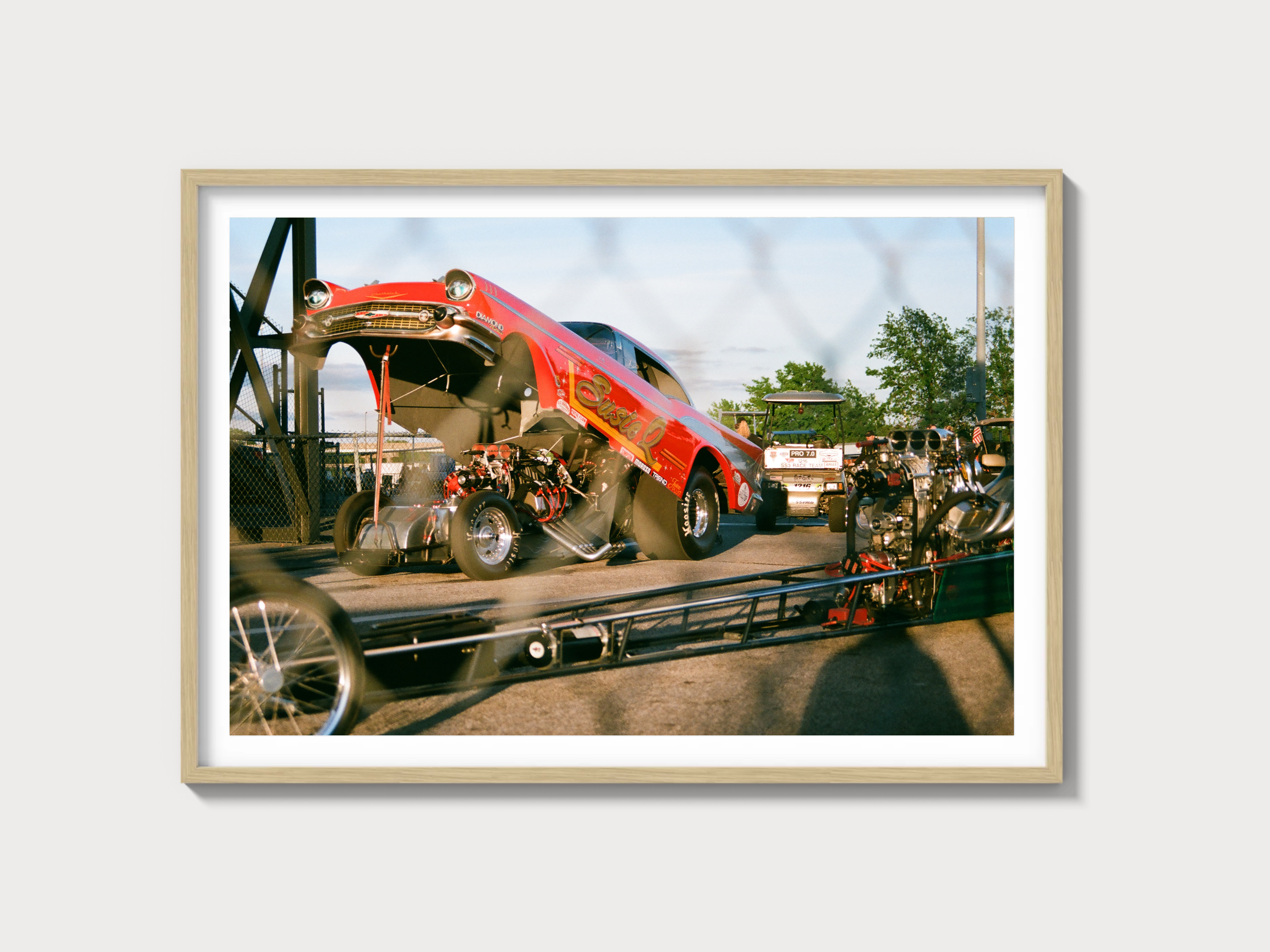2014–2015 Chevrolet Camaro Z/28 (Fifth-Gen): The Purist’s Track Weapon
Historical Context and Development Background
The 2014–2015 Chevrolet Camaro Z/28 revived one of Chevrolet’s most storied performance badges and applied it with uncommon rigor. Where the contemporary ZL1 chased supercharged, all-weather speed, the Z/28 returned to first principles: a naturally aspirated, high-revving V8; a manual gearbox; serious weight trimming; and race-grade hardware chosen for lap times rather than brochure wattage. The program drew heavily from Chevrolet’s motorsport know-how and supplier partners—most notably Multimatic—culminating in a road car engineered explicitly for the circuit.
Launched late in the fifth-gen Camaro lifecycle, the Z/28 sought parity not with muscle cars alone but with bona fide track machinery. It lined up against Ford’s Boss 302 Laguna Seca and, philosophically, targeted European track specials that valued tire, damping, and brake fidelity over raw output. Chevrolet publicized a 7:37.47 Nürburgring Nordschleife lap (set with damp patches on course), underscoring the car’s intent and its depth of chassis development.
Visually, the Z/28 distinguished itself with a deep front splitter, functional dive planes, enlarged cooling apertures, a ducted hood extractor, and a prominent rear wickerbill. The fog lamps were deleted to prioritize brake cooling. Inside, weight-reduction measures stripped sound deadening and trimmed convenience content, though the essentials—Recaro front seats with serious bolstering and a short-throw shifter—remained. For 2014, air conditioning and an upgraded audio system were optional; for 2015, A/C became standard.
Engine and Technical Specs
At the core sits GM’s hand-built 7.0-liter LS7, an all-aluminum small-block sharing its basic architecture with the C6 Z06 but calibrated for the Camaro’s duty cycle. The LS7 is notable for its big-bore/short-stroke dimensions, dry-sump lubrication, titanium intake valves, and a broad plateau of torque that meshes well with the Z/28’s close-ratio manual.
| Engine configuration | 90° OHV V8 (LS7), aluminum block/heads, 16 valves |
|---|---|
| Displacement | 7,008 cc (427 cu in) |
| Horsepower | 505 hp @ 6,100 rpm (SAE) |
| Torque | 481 lb-ft @ 4,800 rpm |
| Induction type | Naturally aspirated |
| Redline | 7,100 rpm (fuel cut approx.) |
| Fuel system | Sequential multi-port fuel injection; dry-sump lubrication |
| Compression ratio | 11.0:1 |
| Bore x stroke | 4.125 in x 4.000 in (104.8 mm x 101.6 mm) |
The LS7’s dry-sump system and generous oil capacity support sustained lateral loading. Chevrolet paired it with a Tremec TR-6060 six-speed and a Torsen-type helical limited-slip differential (with dedicated cooling), driving a 3.91:1 final drive. The Z/28’s square 305/30ZR19 tire setup—Pirelli P Zero Trofeo R from the factory on all four corners—maximized front axle authority and rotation balance, aided by significantly reduced unsprung mass from forged 19-inch wheels and carbon-ceramic brakes.
Driving Experience and Handling Dynamics
The Z/28 is defined by its damping and tire honesty. Multimatic’s DSSV spool-valve dampers deliver a linear, repeatable response that allows aggressive spring rates without the secondary ride chaos typical of lesser track conversions. The result is unflappable control over curbing and compressions and a steering trace that remains coherent even as the Trofeo R front end keys into the surface.
Steering is weighty and accurate, with rack and geometry tuned to exploit the massive front tire. Throttle response is immediate—big-bore LS character—so you meter torque rather than chase boost. The TR-6060’s throw is short and positive; the 3.91 gearing keeps the LS7 on the cam between 3rd and 5th on most circuits. Brake feel is exceptional: the Brembo carbon-ceramic set resists fade lap after lap and sheds meaningful rotational mass, improving transient authority. The car is loud, busy over broken surfaces, and unapologetically focused—exactly as a Z/28 should be.
Performance Specifications
| 0–60 mph | ~4.0 seconds (instrumented tests varied around this figure) |
|---|---|
| Quarter-mile | ~12.3 sec @ ~116 mph |
| Top speed | ~172 mph |
| Curb weight | ~3,820 lb (approx.) |
| Layout | Front-engine, rear-wheel drive; 2+2 coupe |
| Brakes | Brembo carbon-ceramic rotors: 394 mm front/365 mm rear; 6-piston front, 4-piston rear calipers |
| Suspension | Front strut, rear multi-link with Multimatic DSSV spool-valve dampers; track-aligned alignment settings |
| Gearbox | Tremec TR-6060 6-speed manual; 3.91:1 final drive; Torsen-type helical LSD with cooler |
| Factory tires | Pirelli P Zero Trofeo R 305/30ZR19 (front and rear) |
Chevrolet’s published Nürburgring lap of 7:37.47 (set with damp sections) offered a headline, but the day-to-day brilliance lies in repeatable, consumable-friendly track pace. The carbon-ceramic system’s longevity—when treated properly—further separates the Z/28 from typical pony car fare.
Variant Breakdown and Production
The Z/28 family is concise. Chevrolet offered one mechanical specification, with equipment differences centered around comfort content and minor year-over-year updates.
| Year | Variant | Production (units) | Key differences | Markets |
|---|---|---|---|---|
| 2014 | Z/28 (base) | 515 (widely reported) | A/C and upgraded audio optional; weight-reduction features (reduced sound insulation, fog lamp delete, thinner rear glass); LS7, DSSV dampers, Brembo CCM brakes, 19-inch forged wheels, Trofeo R tires | Primarily North America |
| 2014 | Z/28 with A/C & audio package | Included within 2014 total | Adds air conditioning and multi-speaker audio to base specification | Primarily North America |
| 2015 | Z/28 | 1,292 (widely reported) | A/C standard; minor equipment/infotainment updates; core mechanical spec unchanged (LS7/DSSV/CCM) | Primarily North America |
| 2014–2015 | Z/28.R (race-only) | Competition vehicles (not road-registered) | IMSA Continental Tire SportsCar Challenge GS-class car; race-prepped LS-based V8, series-homologated aero and safety | Customer teams |
Factory exterior colors for the road car included staples such as Summit White, Black, Red Hot, Silver Ice Metallic, and Ashen Gray Metallic, with Z/28-specific badging and a matte-finish hood extractor. The square 305-profile tire fitment and deleted fog-lamp apertures remain quick tells.
Ownership Notes: Maintenance, Parts, and Restoration
- Engine and lubrication: The LS7’s dry-sump system requires correct oil level checks (procedure per manual) and high-quality oil; track use calls for stricter change intervals and elevated temperature monitoring. GM track-prep guidance includes heavier-viscosity oil for extended circuit running.
- Valve guides: Early LS7s in other applications generated discussion around valve guide wear. The Z/28’s production-era LS7 incorporated updated components; nonetheless, a compression/leak-down and borescope inspection is prudent on any used example with unknown history.
- Brakes: The Brembo carbon-ceramic system offers superb fade resistance and long street life. Pads and rotors are costly; inspect for heat checking, pad taper, and proper bedding. Squeal at low speeds can occur with aggressive pad compounds and is typically normal.
- Tires: Pirelli P Zero Trofeo R deliver extraordinary dry grip but are sensitive to temperature and standing water. Many owners maintain a second set of wheels with more road-oriented rubber for mixed driving.
- Cooling and driveline: Differential and transmission fluids should be refreshed more frequently if the car sees track work. Verify operation of the diff cooler and look for signs of hose seepage after consecutive hot days.
- Suspension and alignment: DSSV dampers are robust; the car responds well to meticulous alignment. Check front splitter and undertray fasteners—off-track excursions can damage mounting points.
- Parts availability: Chevrolet Performance and mainstream suppliers support consumables and most unique Z/28 hardware (wheels, aero, DSSV service, CCM components). Body and trim pieces specific to Z/28 can require patience to source.
- Service intervals: Follow the factory schedule for normal use, with a shortened cadence for engine oil, brake fluid (high-temp DOT 4), and driveline fluids when tracked. Spark plugs are long-life but are commonly replaced earlier by track-focused owners.
Cultural Relevance and Legacy
The Z/28’s reputation is anchored by its singular brief: lap time before comfort. It was widely covered by enthusiast media for its Nürburgring result and the unusual inclusion of DSSV dampers and carbon-ceramic brakes in a muscle-car silhouette. The car featured in mainstream racing video games—Forza entries, among others—cementing its image with a generation of track-curious drivers.
On the collector side, the combination of low production, an analog six-speed, a hand-built naturally aspirated LS7, and genuine track credentials has kept interest high. Examples have sold at enthusiast auctions and specialty platforms from the mid-five-figure to low-six-figure range depending on mileage, options (notably 2014 cars without A/C vs with), originality, and track exposure.
Motorsport derivatives competed as the Z/28.R in IMSA’s Continental Tire SportsCar Challenge GS class, where customer teams campaigned the platform with success, reinforcing the road car’s development narrative.
FAQs
How does the Z/28 differ from the ZL1 and 1LE?
The Z/28 is naturally aspirated (LS7) and track-maximized with DSSV dampers and carbon-ceramic brakes. The ZL1 uses a supercharged LSA and magnetorheological dampers, balancing daily usability with speed. The SS 1LE is a sharpened SS; the Z/28 sits above it in grip, braking, and track endurance.
Is the Z/28 supercharged?
No. It uses the naturally aspirated 7.0-liter LS7 V8 rated at 505 hp.
What are the known issues to inspect on a used Z/28?
Evidence of off-track excursions (splitter/undertray damage), heat-cycled Trofeo R tires, worn hub bearings after heavy track use, brake pad/rotor life, and comprehensive engine health checks (compression/leak-down). Verify dry-sump oiling procedures were followed. Listen for valvetrain noise and review service history.
What is the factory tire and alignment philosophy?
A square 305/30ZR19 setup maximizes front grip and balance. Track-aligned camber and toe settings are more aggressive than typical street specs, enabling the car’s high front-axle authority.
Can it be daily driven?
It can, but the Z/28 is loud and firm, and its Trofeo R tires are unsuited to cold or heavy rain. 2015 cars include standard A/C; in 2014, A/C was optional.
What lap time did Chevrolet publish for the Nürburgring?
Chevrolet publicized a 7:37.47 lap, noted as having been set with damp sections on the course.
What is the top speed and typical acceleration?
Top speed is around 172 mph. Independent tests commonly recorded 0–60 mph near 4.0 seconds and quarter-mile passes in the low 12s.
Are carbon-ceramic brakes difficult to live with?
On the street they can last a long time when properly bedded and warmed; track life depends on driver and circuit. Pads/rotors are expensive; budget accordingly and monitor wear at each event.
How many were built?
Production is widely reported at 515 units for 2014 and 1,292 for 2015, for a combined figure of approximately 1,807 road cars.




